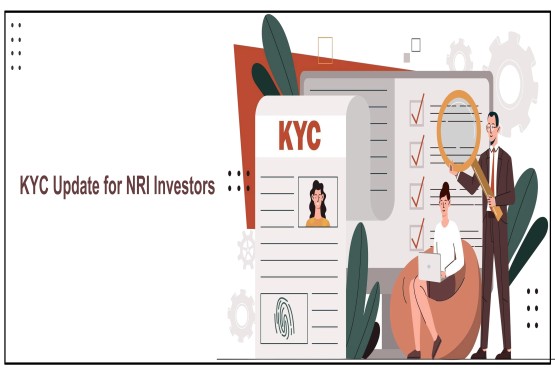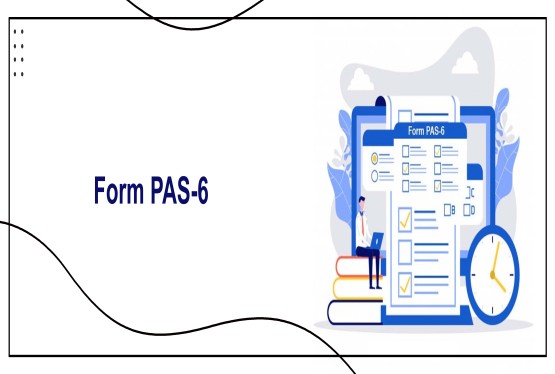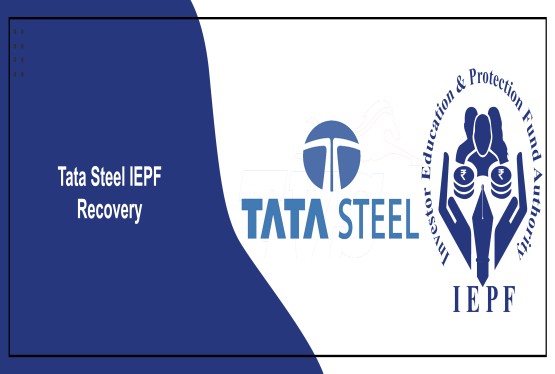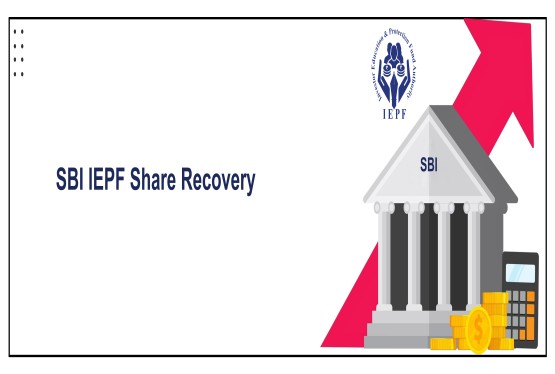India's economy relies heavily on Micro, Small, and Medium Enterprises (MSMEs), and the government consistently introduces new schemes to support this sector. One such initiative is Udyam Registration, designed to simplify the registration process and enhance opportunities for MSME owners. Many MSMEs face challenges in securing credit and accessing government schemes, making Udyam Registration a valuable tool. This article provides a complete overview of Udyam Registration and its benefits.
What is Udyam Registration?
Udyam Registration is a government initiative to register and classify MSMEs across the country, facilitated by the Ministry of Micro, Small, and Medium Enterprises (MSME Ministry). This system streamlines the registration process, making various business opportunities more accessible, particularly financial assistance. The Udyam certificate has replaced the previous, more complex registration methods, offering a simplified approach to accessing legal and tax benefits.
Why Was Udyam Introduced?
MSMEs are crucial to India's economic growth, with projections indicating the sector could reach a value of Rs. 1 trillion by 2028. However, these enterprises often encounter obstacles such as limited access to affordable credit and complex compliance requirements. To mitigate these challenges and improve the ease of doing business, the government has implemented reforms, including the introduction of the Udyam Registration Certificate. Replacing the Udyog Aadhaar Registration/Memorandum (UAM), Udyam registration offers a straightforward, online, paperless, and free registration process based on self-declaration. The MSME Ministry established Udyam Registration to effectively classify MSMEs and extend various benefits. Registered organizations are automatically included in other government databases using their PAN, GST, and IT details.
Udyam Registration Process: A Step-by-Step Guide
Registering for Udyam and obtaining MSME status is a streamlined process. Here's a step-by-step guide:
Step 1: Visit the Official Portal
Go to the official Udyam Registration Portal, the central hub for all registration-related activities. New entrepreneurs not yet registered as MSMEs or those previously holding EM-II certificates should select the appropriate option on the homepage.
Step 2: Aadhaar Verification
Enter your Aadhaar number and your name as it appears on your Aadhaar card. Then, click "Validate & Generate OTP." An OTP will be sent to the mobile number linked to your Aadhaar.
Step 3: OTP Validation and PAN Verification
Enter the OTP received and click "Validate." After Aadhaar verification, you'll be directed to the PAN verification page. Select your "Type of Organisation," enter your PAN, and click "Validate." Indicate whether you've filed the previous year's ITR and if you have a GSTIN.
Step 4: Complete the Udyam Registration Application Form
Fill in the Udyam registration application form with accurate details, including your name, mobile number, enterprise name, location, address, organization status, bank details, business activity, NIC code, and employee count. Provide investment details for plant and machinery, turnover details, and accept the declaration. Click "Submit," and a final OTP will be sent.
Enter the final OTP and click "Submit" to complete the Udyam registration. You will receive a permanent e-certificate with a twelve-digit URN and a QR code for verification and access to company details.
This simplified process enables businesses to secure Udyam registration and access the associated benefits. The Udyam Registration Portal is the primary resource for this process.
Features of Udyam Registration
Udyam registration offers MSMEs a simplified online system with several beneficial features, including:
-
No Physical Paperwork: The entire process is digital, saving MSMEs time and effort.
-
Single Form: A single form captures all necessary information, streamlining the registration process.
-
Zero Registration Fee: There are no charges for Udyam registration, encouraging more entrepreneurs to register.
-
Investment-Based Classification: MSMEs are classified based on investments in plant, machinery, or equipment, providing a more accurate view of the enterprises.
-
Dynamic Database: Udyam registration creates an up-to-date database of MSMEs for use by policymakers, researchers, and businesses.
Registered enterprises do not need to renew their registration.
Guidelines for Udyam Registration Application
When applying for Udyam registration, keep the following guidelines in mind:
-
Applications must be submitted through the official Udyam Registration Portal.
-
Upon successful registration, a permanent identification number (Udyam Registration Number) and an e-certificate (Udyam Registration Certificate) will be issued.
-
Businesses must meet the criteria for micro, small, or medium enterprise classification to qualify.
Benefits of Udyam Registration
Udyam registration offers numerous advantages to businesses, enhancing their growth and sustainability.
-
Access to Lower Interest Rates on Bank Loans: Udyam-registered businesses can secure bank loans at lower interest rates compared to conventional loans. They are also eligible for priority lending, which facilitates easier access to credit. For example, banks like SBI and HDFC offer affordable loans up to Rs.1 crore to Udyam-registered MSMEs, easing financial access without risking personal assets.
-
Enhanced Access to Government Schemes: Udyam registration enables businesses to access a wide range of government schemes, including the Public Procurement Policy, Capital Guarantee Scheme, Protection against Delayed Loans, and Credit Linked Capital Subsidy Scheme.
-
Cost Reduction: Businesses can lower operational costs through various concessions and rebates available to Udyam-registered enterprises, such as subsidies on electricity bills offered by some state governments.
-
MAT Credit Extension: Udyam registration allows businesses to carry forward Minimum Alternative Tax (MAT) credits for up to 15 years, an extension from the standard 10-year period.
-
One-Time Settlement Scheme: Udyam-registered businesses can avail of a one-time settlement scheme for unpaid amounts and access schemes like the Credit Guarantee Scheme, Credit Linked Capital Subsidy Scheme, and Public Procurement Policy during financial challenges.
-
Easier Acquisition of Government Tenders: Udyam registration connects businesses to state and central government marketplaces, facilitating easier access to government tenders and promoting long-term growth. Udyam-registered MSMEs often receive preference in these tenders, increasing their chances of securing contracts.
Eligibility For Udyam Registration
Eligibility for Udyam registration depends on a business's investment and turnover, as classified by the MSME Ministry:
|
Enterprise Type |
Investment Limit |
Turnover Limit |
|
Micro |
Up to Rs.1 crore |
Up to Rs.5 crore |
|
Small |
Up to Rs.10 crore |
Up to Rs.75 crore |
|
Medium |
Up to Rs.50 crore |
Up to Rs.250 crore |
-
Micro Enterprise: A fashion apparel business with a Rs.50 lakh investment in machinery and a Rs.2+ crore annual turnover qualifies as a micro-enterprise.
-
Small Enterprise: A manufacturing unit with a Rs.5 crore investment in plant and machinery and a Rs.50 crore annual turnover is classified as a small enterprise.
-
Medium Enterprise: A service provider with a Rs.30 crore equipment investment and a Rs.150 crore annual turnover is classified as a medium enterprise.
Common Mistakes to Avoid During Udyam Registration
To ensure a smooth registration process, be aware of these common mistakes:
-
Incorrect Aadhaar Details: Double-check the name and number on your Aadhaar card for accuracy.
-
Using Invalid or Expired PAN: Verify that your PAN is valid and active.
-
Providing Incorrect Turnover or Investment Figures: Ensure that all financial figures are accurate for proper classification.
-
Selecting the Wrong NIC Code: Choose the code that accurately reflects your business activities.
Documents Required For Udyam Registration
The following documents are needed for Udyam registration:
-
PAN of the enterprise
-
GST Certificate
-
Copy of the entrepreneur's Aadhaar
-
Social Category of the entrepreneur
-
Phone number
-
Email address
-
Business Commencement Date
-
A/C No. and IFSC Code (or a copy of the passbook)
-
Number of employees (with male and female divisions)
-
The nature of the business
-
Latest audited financial statements
Features of Udyam Registration Certificate
The Udyam Registration Certificate has several key features:
-
MSMEs receive a permanent registration number.
-
The certificate is an e-certificate sent to the entrepreneur's email.
-
The certificate is valid indefinitely and does not require renewal.
-
Each enterprise can only have one registration, covering all its activities.
-
The certificate is necessary for obtaining bank loans and accessing MSME schemes.
-
The certificate verifies that an enterprise is classified as an MSME.
Get a Small Business Loan
To support your business and Udyam Registration, consider IIFL Finance Business Loans. IIFL Finance offers a variety of business loans with a hassle-free process, designed to help you expand your business, manage operational costs, and cover day-to-day expenses. Visit the IIFL Finance website or a branch for more details on their business loan options.
Conclusion
Udyam registration is a critical step for MSMEs in today's competitive business environment. It provides access to numerous government schemes, lower interest rates on business loans, MAT credit extensions, cost reductions, one-time settlement schemes, and easier access to government tenders. Registering with Udyam can significantly enhance a business's sustainability and growth.
Frequently Asked Questions (FAQs)
Q1. Is Udyam registration mandatory?
Ans. Udyam registration is mandatory for businesses previously registered with other agencies under the Department of MSME.
Q2. Is Udyam registration free of cost?
Ans. Yes, Udyam registration is entirely free.
Q3. Who should register for Udyam?
Ans. Any business classified as a Micro, Small, or Medium Enterprise (MSME) in India, including proprietorships, partnerships, Hindu Undivided Families (HUFs), companies, and societies, should register for Udyam.
Q4. Should we pay for Udyam registration?
Ans. No, the official government portal provides Udyam registration services free of charge.
Q5. Why are banks asking for Udyam registration?
Ans. Banks require Udyam registration to identify eligible MSMEs, expedite loan approvals, and facilitate access to government schemes.











































































_crop10_thumb.jpg)


































































_crop10_thumb.jpg)
_crop10_thumb.jpg)



_crop10_thumb.jpg)


_crop10_thumb.jpg)





_crop10_thumb.jpg)

_crop10_thumb.jpg)














-suratgujarat-section-158_crop10_thumb.jpg)
-suratgujarat_crop10_thumb.jpg)
-(33)_crop10_thumb.jpg)



-ahmedabad_crop10_thumb.jpg)
-learn_crop10_thumb.jpg)

-learnn_crop10_thumb.jpg)



























































_crop10_thumb.jpg)























_Guidelines_learn_crop10_thumb.jpg)























_learn_crop10_thumb.jpg)
_crop10_thumb.jpeg)









_crop10_thumb.jpg)




_Second_Amendment_Rules,_2025_learn_crop10_thumb.jpg)







_learn_crop10_thumb.jpg)
































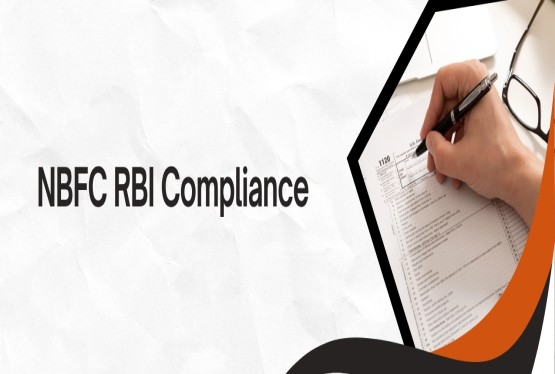











_learn_crop10_thumb.jpeg)

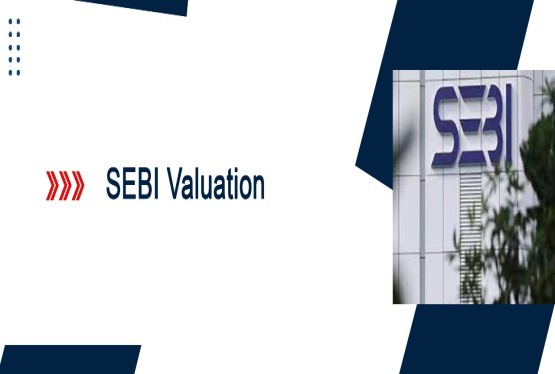




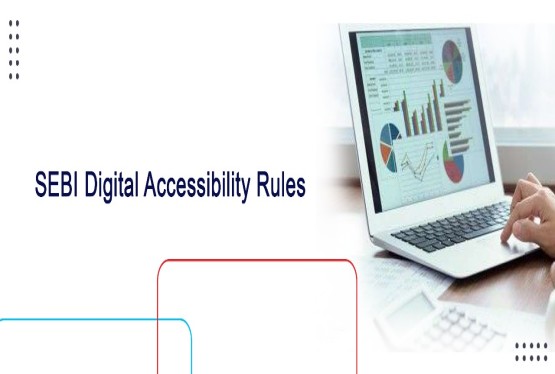


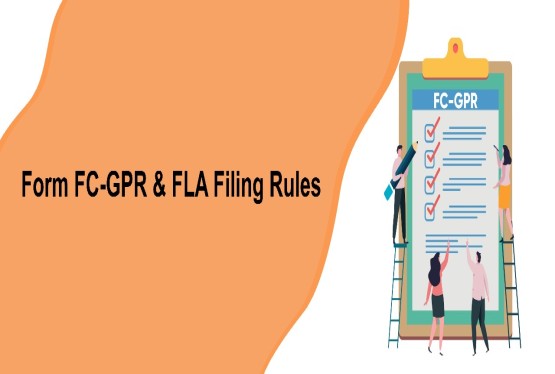

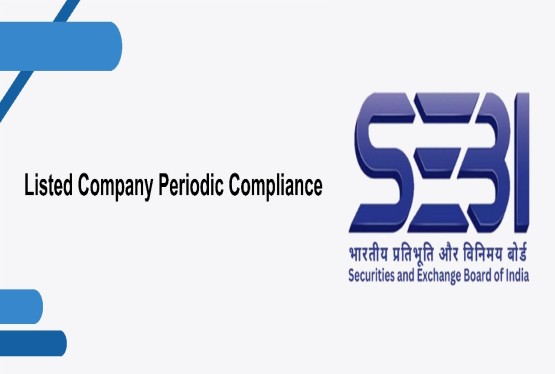


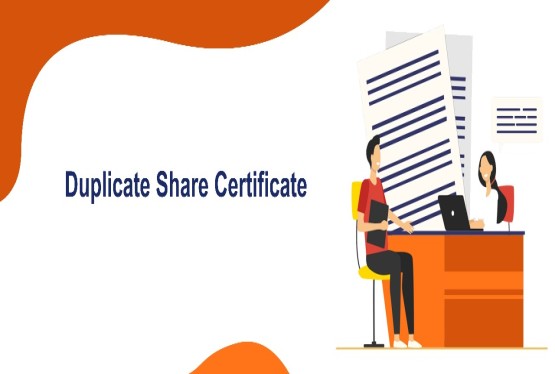

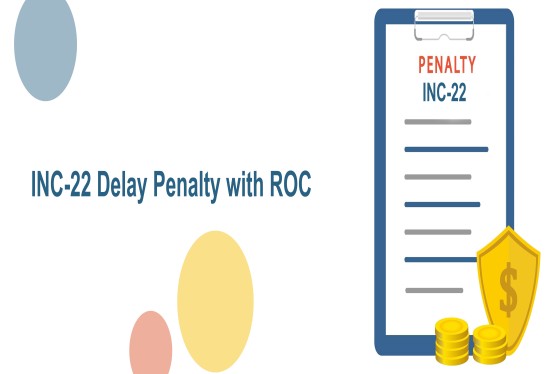


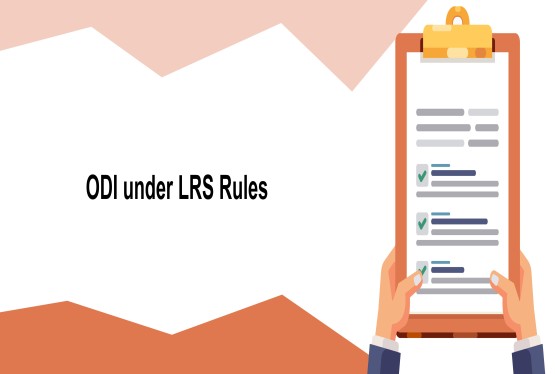
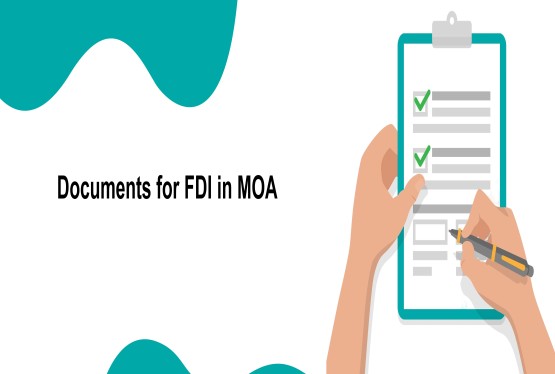


_learn_crop10_thumb.jpg)
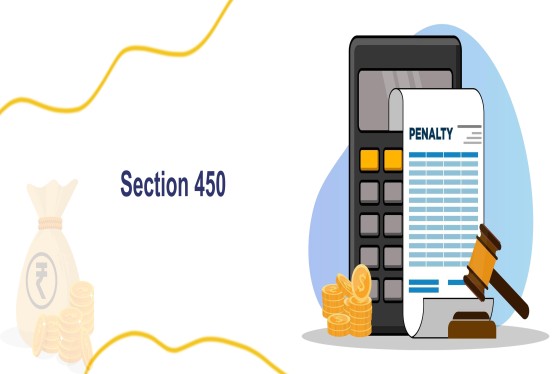

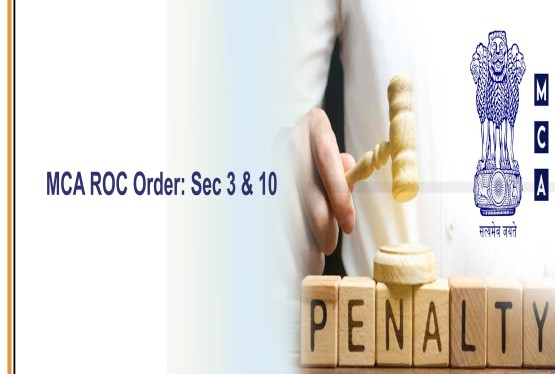
_rd_roc_learn_crop10_thumb.jpg)
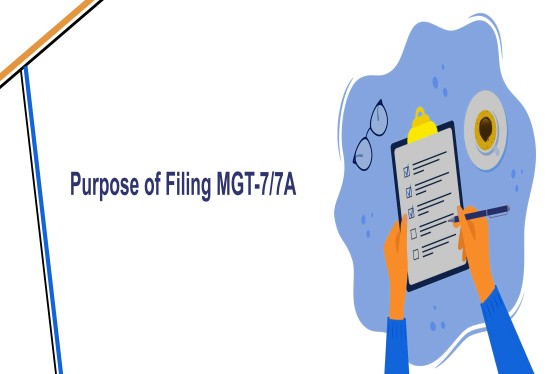
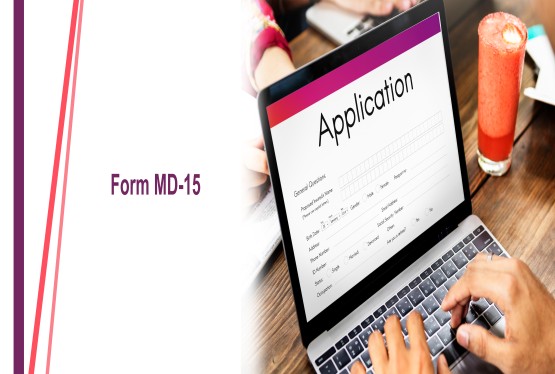


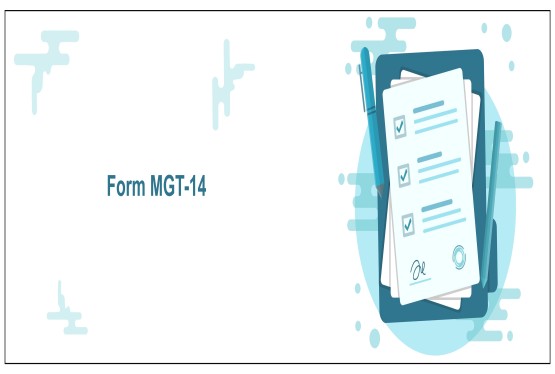
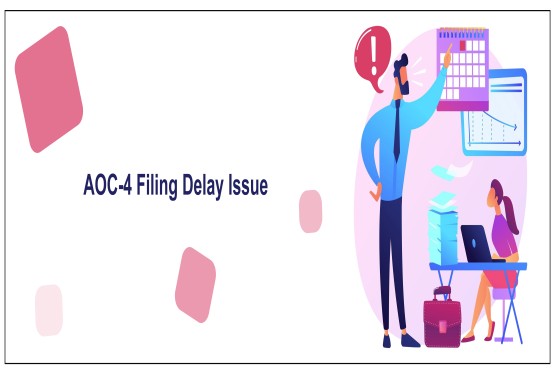
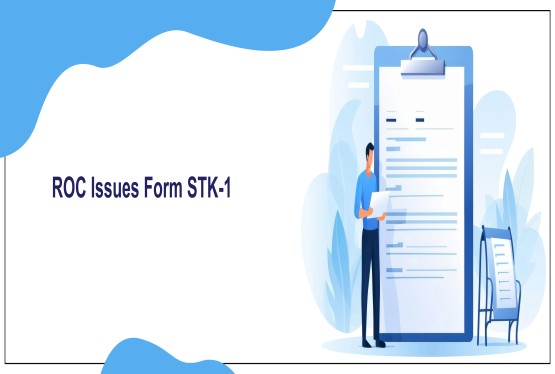








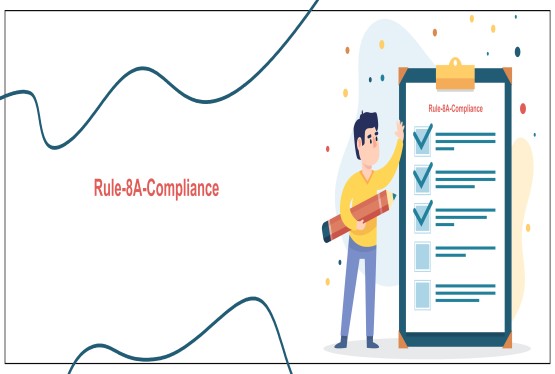
_learn_crop10_thumb.jpg)


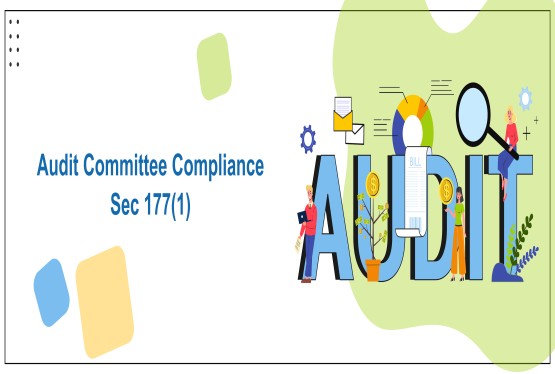



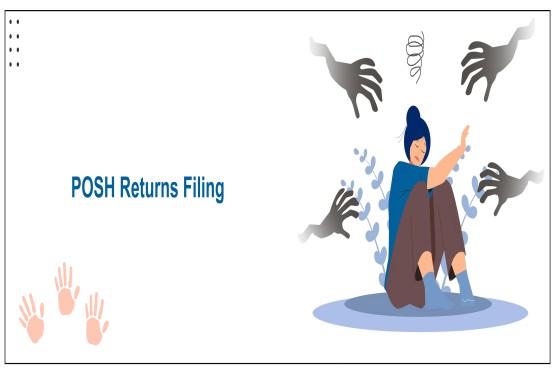


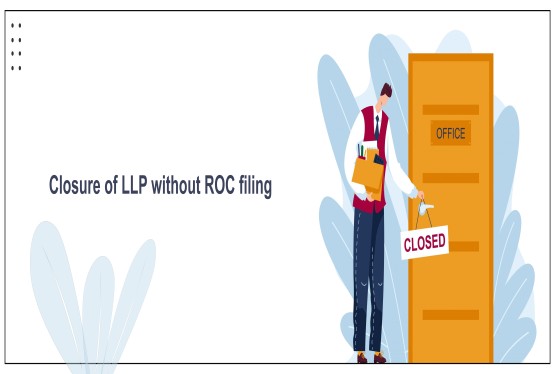
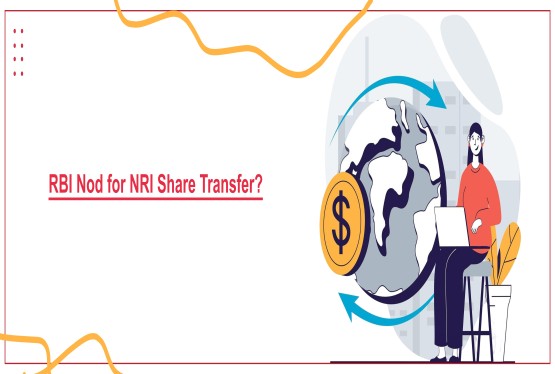

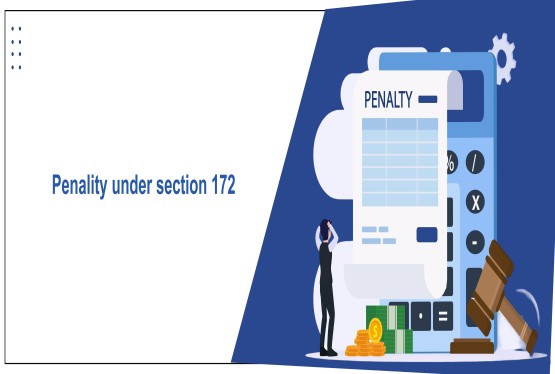
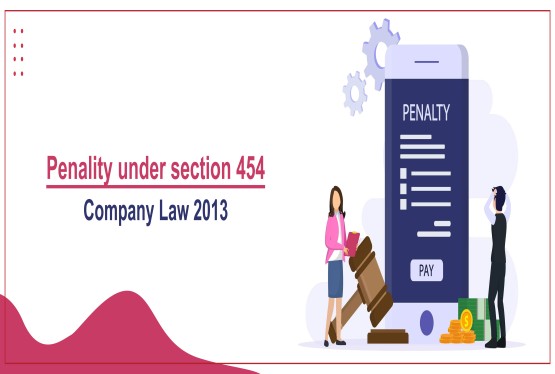
_learn_crop10_thumb.jpg)
_Learn_crop10_thumb.jpg)



